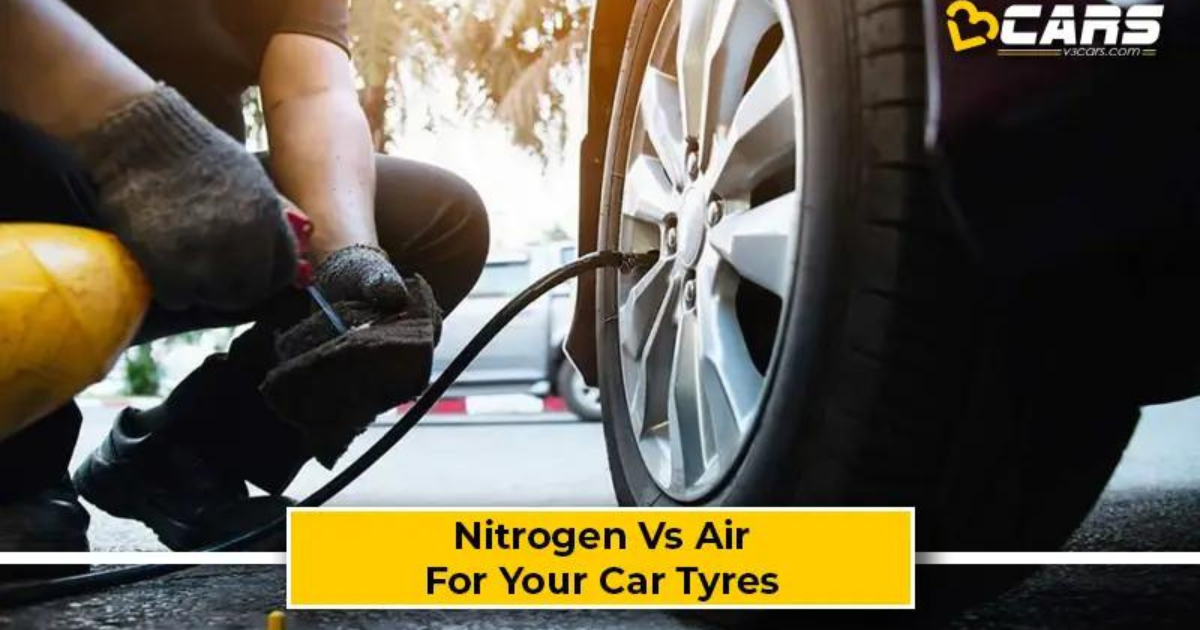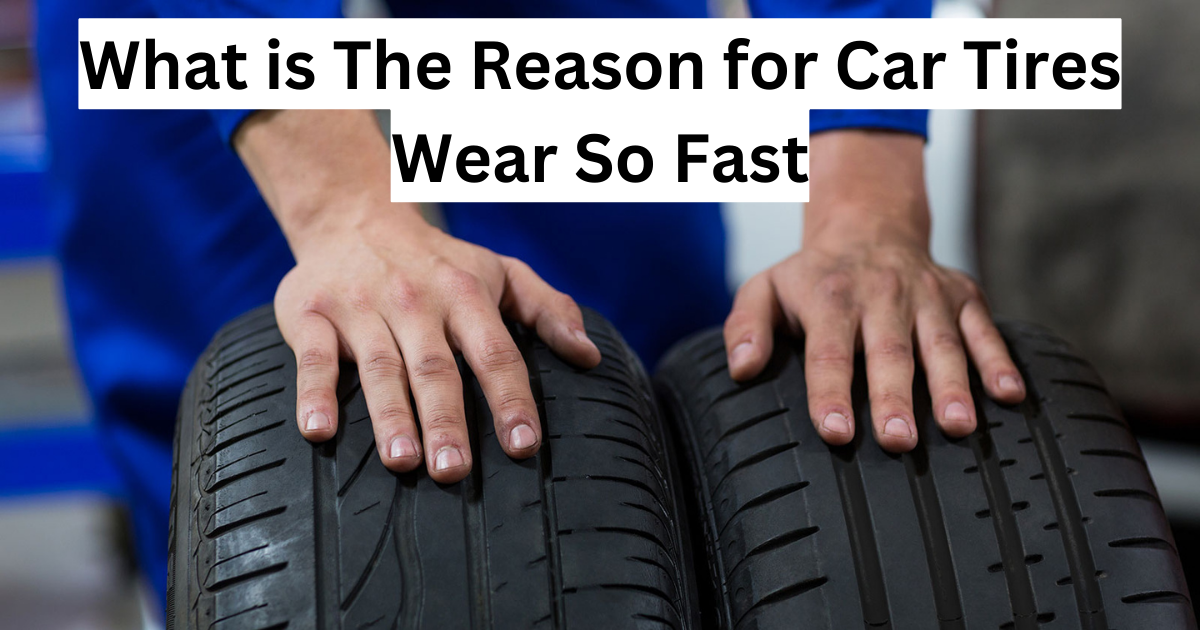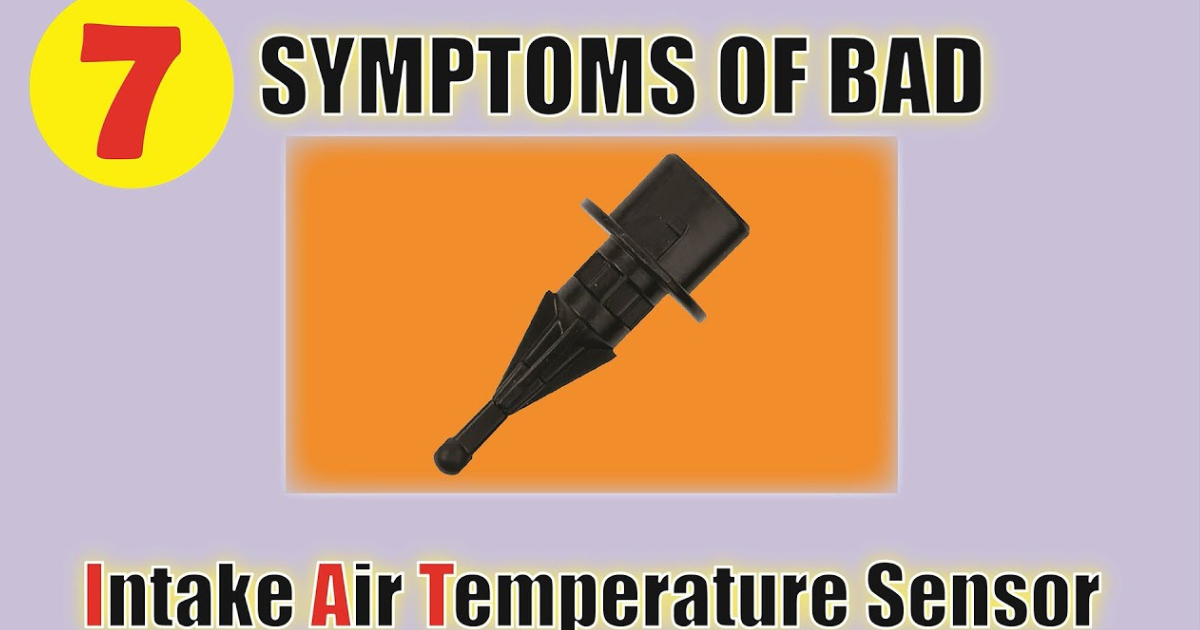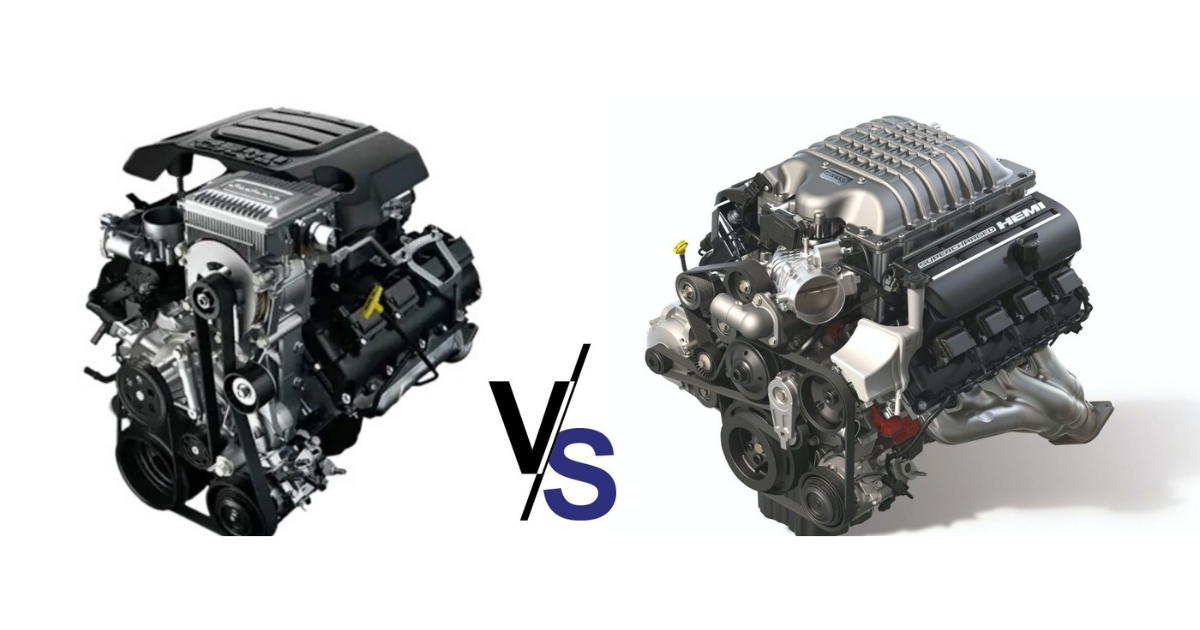The function of car tires in supporting weight and facilitating motion is crucial. They need to be in good condition so that driving is comfortable. Regular maintenance, such as checking the tire pressure, is within your control. In keeping with our theme of pressure, we present to you the tire argument between nitrogen and air.
Nitrogen vs. Air in Tires Advantages and Disadvantages

Nitrogen in Tires Advantages
First, we’ll go over the benefits and drawbacks of nitrogen-filled tires. There are several benefits of using nitrogen instead of regular air. They originate in the massive molecular structure of nitrogen, which stops it from leaking out of the tires. You end up with tires that are steady and hold their air pressure for quite some time.
A nitrogen tire refill has several benefits, one of which is lowering the tire’s operating temperature. It means the wear process will be slowed. You can avoid spending a fortune on new tires in the long term if you do this.
The smooth ride is another perk of wheels inflated with nitrogen, according to many drivers. When compared to ordinary tires, the level of comfort on uneven roads will be significantly higher. There isn’t a definitive answer, but it’s probably because of the element’s big molecules, which act as a buffer.
Nitrogen is not as reactive as oxygen. The fact that it will not harm metal parts is an advantage. Rust can form on metal components, such as the wheel, when exposed to air and water.
At last, nitrogen remains stable regardless of changes in temperature. It means that pressure remains constant regardless of temperature. This substantiates its wide-ranging utilization in demanding contexts, such as race vehicles, aircraft, and trucks.
Nitrogen in Tires Disadvantage
There are fewer nitrogen filling stations, which is one of the downsides using nitrogen in tires. You might want to have a spare tire stocked with gas just in case, but they’re not common. You can fill your tires with nitrogen at home with certain devices. That’s a good thing.
Expenditures on nitrogen are high and subject to price fluctuations. This could force you to spend more money than you had planned, particularly if costs are unpredictable. Tires loaded with nitrogen are also quite pricey to maintain.
Air in Tire Advantages

The convenience of having regular air in tires is the primary draw for many. It is inexpensive and readily available. Refilling is usually either free or costs only a few dollars at most stations. There is less risk of economic inflation when it comes to tire air as well.
Home tyre inflation is possible with the help of a pump. The pumps are more accessible and less expensive compared to nitrogen ones. Keeping tires inflated is simple and won’t break the bank.
Disadvantages
The rapid loss of air pressure is the most significant drawback of using air in tires. Because oxygen has such a tiny molecular structure, it can easily diffuse through rubber. Therefore, low pressure is a typical issue. Also, problems like rust and wheel rot can develop when oxygen is present because of how reactive it is. Your tires will last less time because of this.
When looking at the driving experience between nitrogen and air-filled tires, the majority of drivers favor the former. Some people feel that driving on wheels that are inflated with air makes the ride too bumpy because they can’t control the road completely.
Conclusion
Are you aware that nitrogen can be used in automobile tires? If you haven’t already, this post will show you that it is totally doable and has a ton of benefits. Having a designated gas station close by makes it an attractive option. A personal nitrogen filling unit is available as an optional extra for your favorability.
Also, air is a great choice as it’s easy to access. Consider your options for gas and remember to rotate your tires as part of your regular maintenance.





